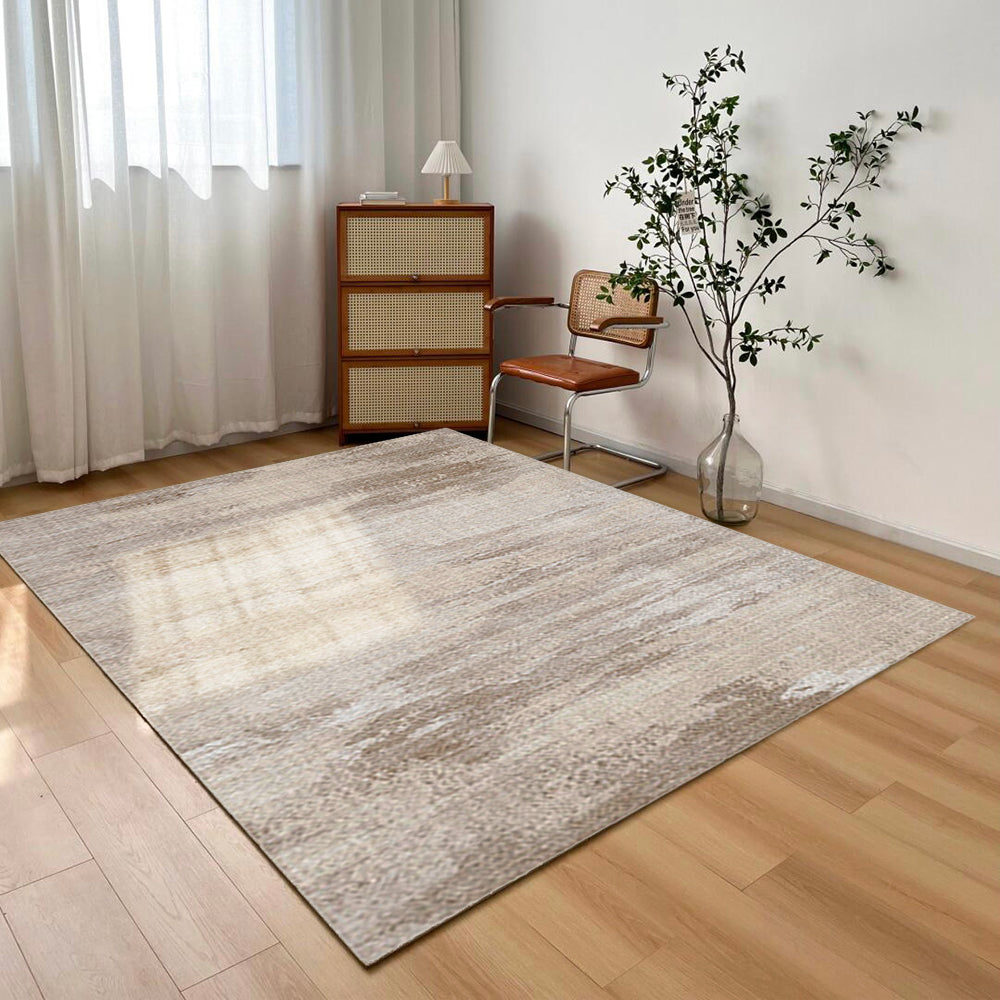Unveiling the Secrets to Choosing a Dining Room Rug That Lasts a Lifetime!
Choosing the right dining room rug is more than just a matter of aesthetics; it plays a significant role in the functionality and comfort of your space. A durable dining room rug not only enhances the overall look of your home but also withstands the wear and tear of daily life. With the right choice, you can enjoy a beautiful, long-lasting addition to your dining area. Various factors contribute to a rug's durability, including materials, construction techniques, and maintenance. Understanding these elements is essential for making an informed decision that aligns with your lifestyle and design preferences.

Understanding Rug Durability
Durability in rugs refers to their ability to withstand foot traffic, stains, and general wear and tear over time. Several factors contribute to a rug's durability, including the type of materials used, the weave patterns, and the construction techniques employed. A common misconception is that all rugs are created equal; however, not all rugs can endure the rigors of a dining room environment. For instance, while a delicate silk rug may look stunning, it often lacks the resilience needed for dining spaces. On the other hand, a well-constructed wool or synthetic fiber rug can offer both beauty and longevity, making it a more suitable choice for a dining area.
Key Factors to Consider When Choosing a Durable Dining Room Rug
When selecting a durable dining room rug, several essential factors must be taken into account. Firstly, material selection is crucial; some materials inherently offer more durability than others. Secondly, the size and shape of the rug should complement your dining space, ensuring it fits well without compromising functionality. Lastly, maintenance requirements play a significant role in a rug's longevity. A rug that is easy to clean and maintain will naturally last longer, as it will retain its appearance and integrity over time. By considering these factors, you can choose a rug that not only looks good but also stands the test of time.
Material Matters
Various materials are commonly used in dining room rugs, each with its own durability characteristics. Wool, for instance, is a popular choice due to its natural resilience and ability to withstand heavy foot traffic. It is also stain-resistant and easy to clean. Synthetic fibers, such as nylon and polyester, are another excellent option; they are often more affordable and can mimic the look of natural fibers while providing added durability. Natural fibers like jute and sisal can add texture but may not be as stain-resistant or easy to maintain. Ultimately, the choice of material will depend on your specific needs and how much use the rug will see.
Weave and Construction Techniques
The weave and construction techniques of a rug significantly influence its durability and lifespan. Hand-knotted rugs are known for their exceptional durability due to their intricate craftsmanship and tight knots. While they may come at a higher price point, they often last for generations. Tufted rugs, which are generally more affordable, can still be quite durable, but their lifespan may not match that of hand-knotted options. Flatweave rugs are another choice, offering a lighter and more casual aesthetic, though they may require more frequent upkeep. Understanding these different weaving methods can help you select a rug that not only meets your style preferences but also aligns with your durability needs.
Maintenance Tips for Longevity
To ensure the longevity of your dining room rug, proper maintenance is essential. Regular vacuuming is key to removing dirt and debris that can wear down the fibers over time. For spills, it's crucial to act quickly; blot the area with a clean cloth rather than rubbing it, which can spread the stain. Depending on the material, consider professional cleaning every few years to maintain the rug's appearance. Additionally, using a rug pad can provide extra cushioning and help prevent slipping, which is especially important in a dining area where chairs are frequently moved. By following these maintenance tips, you can significantly extend the life of your rug.
Long-lasting Dining Room Rug Selection
In summary, selecting a durable dining room rug requires careful consideration of various factors such as material, weave, and maintenance. A thoughtful selection process not only enhances the aesthetic appeal of your dining space but also ensures that your rug can withstand the rigors of daily use. As you embark on your journey to find the perfect rug, remember to assess your specific needs and preferences. A well-chosen rug can become a cherished component of your home for years to come, providing both beauty and practicality.








